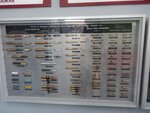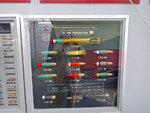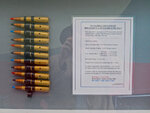A.G. Williams
Airman 1st Class
- 182
- Oct 10, 2020
T
The Hispano mechanism should have been suitable for synchronisation.
It wasn't though, because it was designed to fire from an open bolt. The only one of the Hispano 404-based family which could be synchronised was the US M24, as that had electrical priming (like the MG 151/20E).
Last edited:



